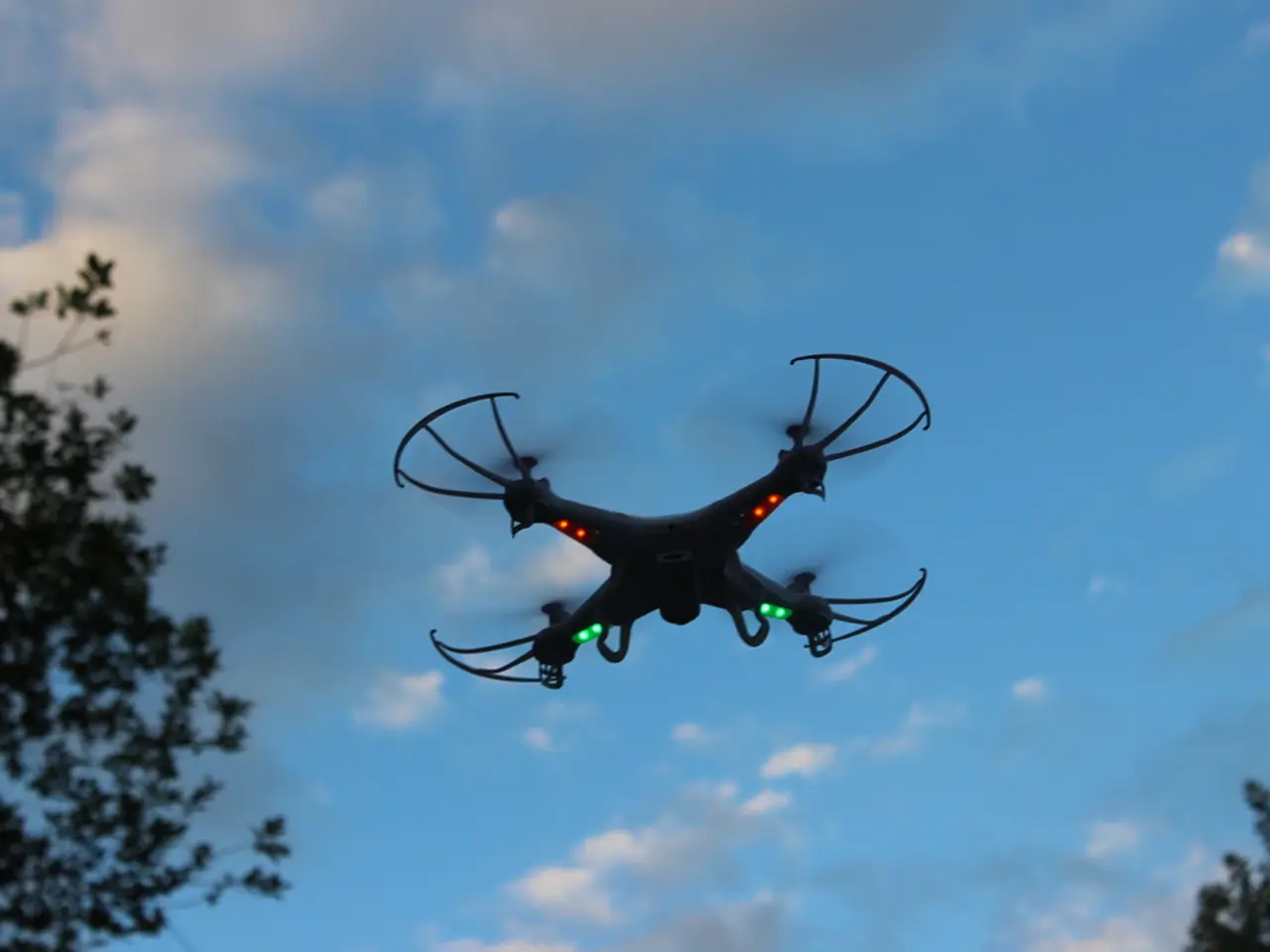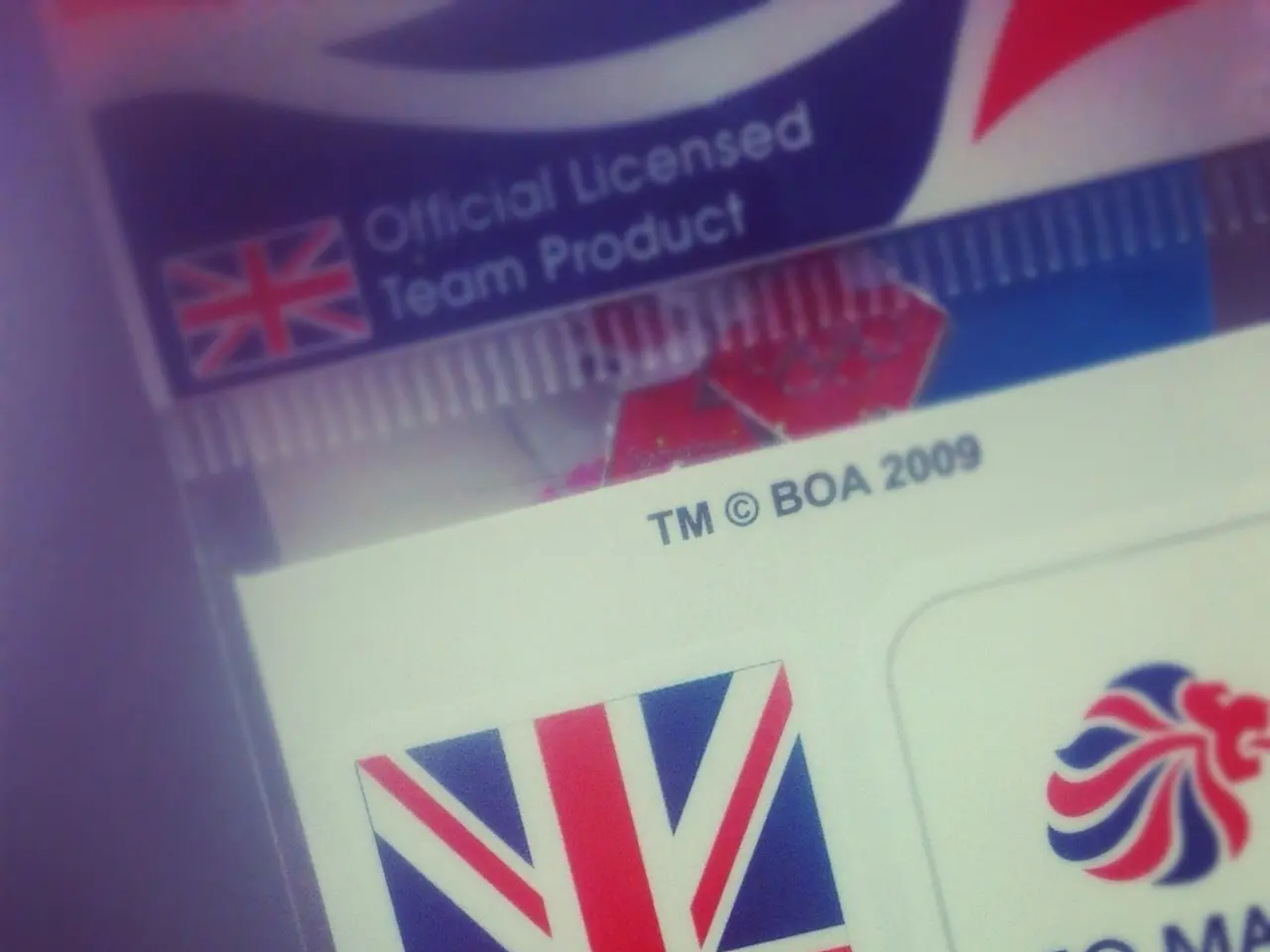Drone Technology Advancements: Functions, Applications, and Future Directions (Year 2025)
====================================================================
In the rapidly evolving world of drone technology, the focus has shifted towards enhancing software capabilities to meet the growing demands of various industries. Here's a look at the key trends shaping the drone software landscape for 2025.
AI Integration and Autonomy
Artificial Intelligence (AI) is playing a pivotal role in revolutionizing drone operations. AI-powered drone software is enabling real-time autonomous decision-making, advanced data processing, and precision in sectors like agriculture, logistics, defense, and mapping. The AI in drones market is projected to reach nearly $2.75 billion by 2030, growing at a CAGR of 27.5%.
All-in-One Solutions
Leading drone software platforms in 2025 offer comprehensive solutions, combining flight operations management, compliance, safety monitoring, and data analysis. Notable platforms include Dronedesk, DroneDeploy, Pix4D, AirData, and Aloft. These platforms aim to provide a command center for regulatory compliance and operational efficiency.
Military and Strategic Applications
The military and strategic sectors are driving the development of software that supports multi-domain autonomous drone operations. This includes airborne and ground-based drones with expanded capabilities through AI, such as drone swarming, autonomous navigation, and integration into advanced defense systems.
LiDAR Mapping and Geospatial Data
With the rise of drone LiDAR mapping, software is being optimized to handle high-performance sensor payloads, enabling precise geospatial data capture. Platforms support regulatory compliance requirements, including U.S. NDAA certifications, to ensure operational legality in sensitive environments.
Adaptability and Flexibility
The drone ecosystem software is adapting to the pressures of global supply chain challenges and geopolitical factors, promoting software that can flexibly work with various hardware setups and comply with varying jurisdictional rules.
Cross-Industry Applications
Drone software is being used across sectors such as construction & infrastructure, agriculture, public safety, film & media, and environmental monitoring. New entrants like FlyEye are launching drone software suites tailored for professionals seeking streamlined inspections and flight planning.
Emerging Trends
Emerging trends in drone software include AI & Machine Learning, cloud collaboration & data pipelines, BVLOS operational support, cybersecurity enhancements, and low-code planning interfaces. Enterprise Fleet Managers are tracking drone assets, teams, and client projects, while Compliance & Logging Platforms maintain flight records, pilot credentials, and safety documentation.
UgCS by SPH Engineering
UgCS by SPH Engineering is favored by technical users, research teams, and surveyors, offering precise terrain-following, waypoint automation, and LiDAR compatibility.
In summary, the 2025 drone software landscape is defined by AI-enhanced autonomy, comprehensive integrated platforms balancing operations and compliance, a focus on safety and data accuracy, and adaptability to evolving geopolitical and regulatory environments. These trends are shaping both commercial and defense drone capabilities worldwide.
Machine learning techniques will likely be integrated into drone software, enabling advanced data processing and autonomous decision-making across various industries, such as agriculture, logistics, and defense.
Automation in drone software will also extend to cybersecurity, with growing emphasis on safeguarding drone assets, teams, client projects, flight records, pilot credentials, and safety documentation, against potential cyber threats.




